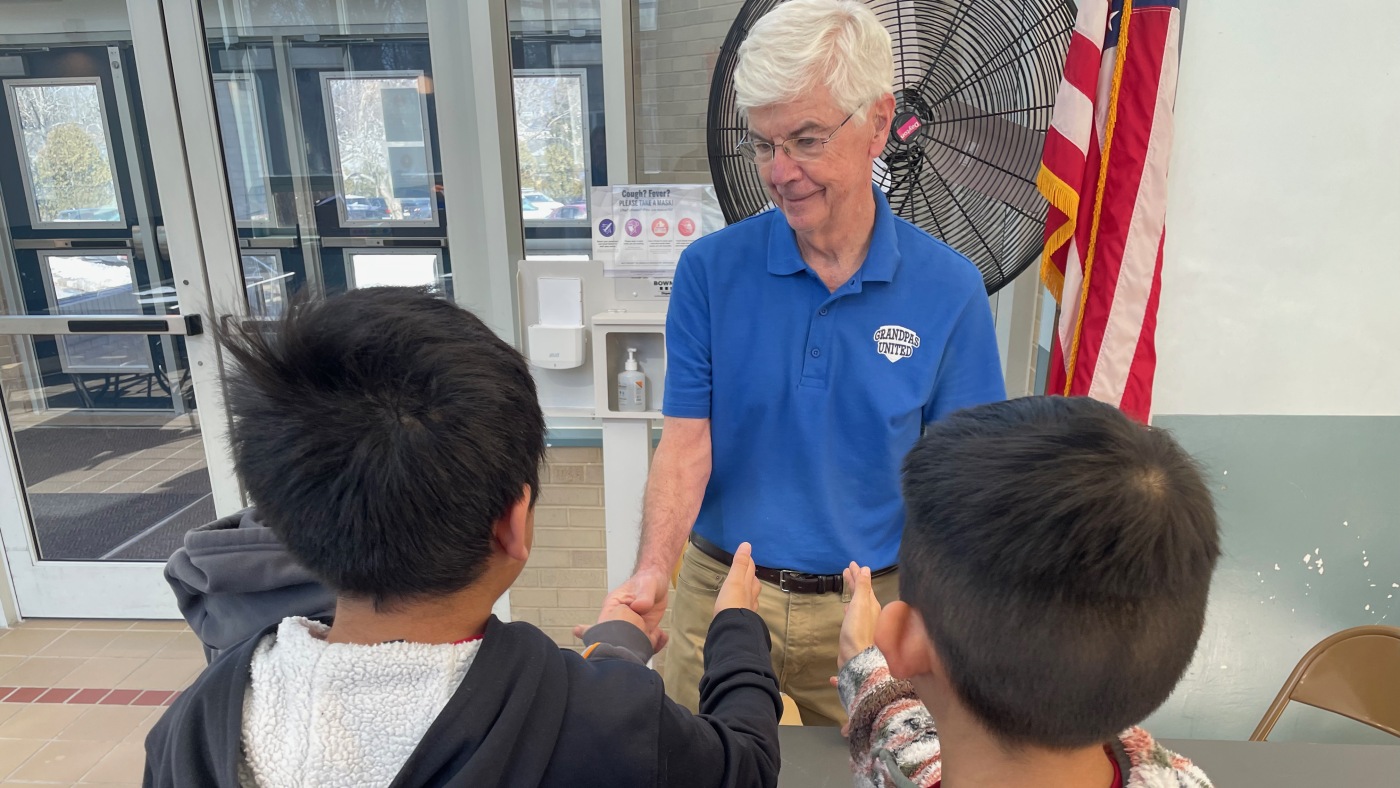
Two new research counsel that stem-cell therapies could also be getting nearer to changing into extensively out there for Parkinson’s sufferers.
pocketlight/iStockphoto/Getty Photos
cover caption
toggle caption
pocketlight/iStockphoto/Getty Photos
Sufferers affected by Parkinson’s illness could quickly profit from a strong therapy possibility: stem-cell transplants.
In a pair of small research designed primarily to check security, two groups of researchers discovered that stem cells transplanted into the brains of Parkinson’s sufferers started producing the chemical messenger dopamine and appeared to ease signs like tremor, researchers reported within the journal Nature.
The outcomes point out that “now we’ve got the potential to essentially, actually halt this illness in its tracks,” says Dr. Mya Schiess, a neurology professor at UTHealth Houston who was not concerned in both research.
The Meals and Drug Administration has cleared one of many stem-cell therapies for a Section 3 research, the final hurdle earlier than approval.
About 1 million folks in the US live with Parkinson’s, a mind illness that assaults neurons that make dopamine. As these neurons die, sufferers can develop a spread of disabling signs, together with tremor, rigidity, fatigue, problem strolling and cognitive issues.
Stem cells are immature cells that may turn into many various cell sorts — together with neurons that make dopamine.
Optimistic outcomes
One of many new research concerned 12 folks within the U.S. and Canada residing with Parkinson’s.
Surgeons administered both a low or excessive dose of a stem-cell product from BlueRock Therapeutics, a subsidiary of biotech and pharmaceutical large Bayer. The therapy was derived from human embryonic stem cells, which researchers had coaxed into changing into immature mind cells referred to as neuron progenitors.
Throughout surgical procedure, these cells have been injected right into a construction on either side of the mind that is concerned in motion.
“The concept is to position these neuron progenitors proper the place you want them to attach with different neurons within the mind,” says Dr. Viviane Tabar, a stem-cell scientist and chair of neurosurgery at Memorial Sloan Kettering Most cancers Middle.
Tabar can be a founding investigator at BlueRock.
PET scans taken 18 months later confirmed that the transplanted cells have been producing dopamine. An evaluation utilizing a normal ranking scale of Parkinson’s development advised the therapy was additionally easing signs.
For a typical Parkinson’s affected person, “you’d count on yearly to get two to 3 factors worse,” says Dr. Lorenz Studer, who directs the Middle for Stem Cell Biology on the Sloan Kettering Institute in New York and is a scientific adviser to BlueRock.
Individuals in Studer’s research had a really completely different expertise: “The high-dose group, they bought about 20 factors higher.”
The low-dose group additionally appeared to learn, however not as a lot.
A second research by researchers in Kyoto, Japan, used induced pluripotent stem cells, that are derived from a affected person’s personal cells, somewhat than an embryo.
Seven sufferers had the cells injected into either side of their brains. As within the U.S. and Canadian research, the transplanted cells produced dopamine and the sufferers appeared to see their signs lower.
No affected person in both research skilled a critical opposed occasion.
Very long time coming
The obvious success comes after a long time of frustration attempting to exchange the mind cells killed off by Parkinson’s.
Beginning within the Nineteen Eighties, scientists started transplanting fetal tissue into folks with Parkinson’s. However the efforts produced uneven outcomes and generally troubling uncomfortable side effects like uncontrolled motion.
Stem cells promised higher outcomes. However the know-how advanced slowly.
Studer’s crew, for instance, started taking a look at stem cells to deal with mind illnesses greater than 25 years in the past.
“For us, it is fairly an thrilling time,” he says, “lastly seeing a number of the fruit of that work.”
One cause it is taken so lengthy, Studer says, is that stem cells have the potential to turn out to be so many various sorts of cells. It takes simply the right combination of chemical substances at simply the fitting time to provide a neuron that makes dopamine, he says.
“It took us practically 10 years to determine the recipe, tips on how to make particularly these dopamine cells,” he says. “It took us one other 10 years to have the product that we’d dare to place into sufferers.”
One other problem was creating and packaging giant numbers of stem cells that could possibly be simply delivered to surgeons. So researchers developed strategies that allowed them to freeze stem cells till they have been wanted.
“You simply thaw them and droop them in an authorized medium” earlier than surgical procedure, Tabar says.
Now that most of the technical hurdles have been cleared, stem cells seem poised to supply a brand new therapy possibility for Parkinson’s, and maybe different mind illnesses like epilepsy or Alzheimer’s.
“If we’re lacking neurons, we’re in a position to substitute them,” Tabar says. “And the complete expectation is that these cells should not going to operate as cells that simply launch [a substance like] dopamine. They’ll rebuild circuitry.”
There nonetheless could also be dangers although, which suggests scientists might want to proceed monitoring the stem cells they transplant right into a affected person’s mind.
“They’ll be there for a protracted, very long time,” Schiess says. “So you need to observe up and see if there may be tumor formation or one thing of that nature.”
Schiess additionally notes that stem cells do not remedy an underlying illness like Parkinson’s. So the brand new neurons could finally succumb to the identical illness course of.
Even so, she thinks they may provide new hope to many sufferers, together with those that are now not responding to drug therapy.




